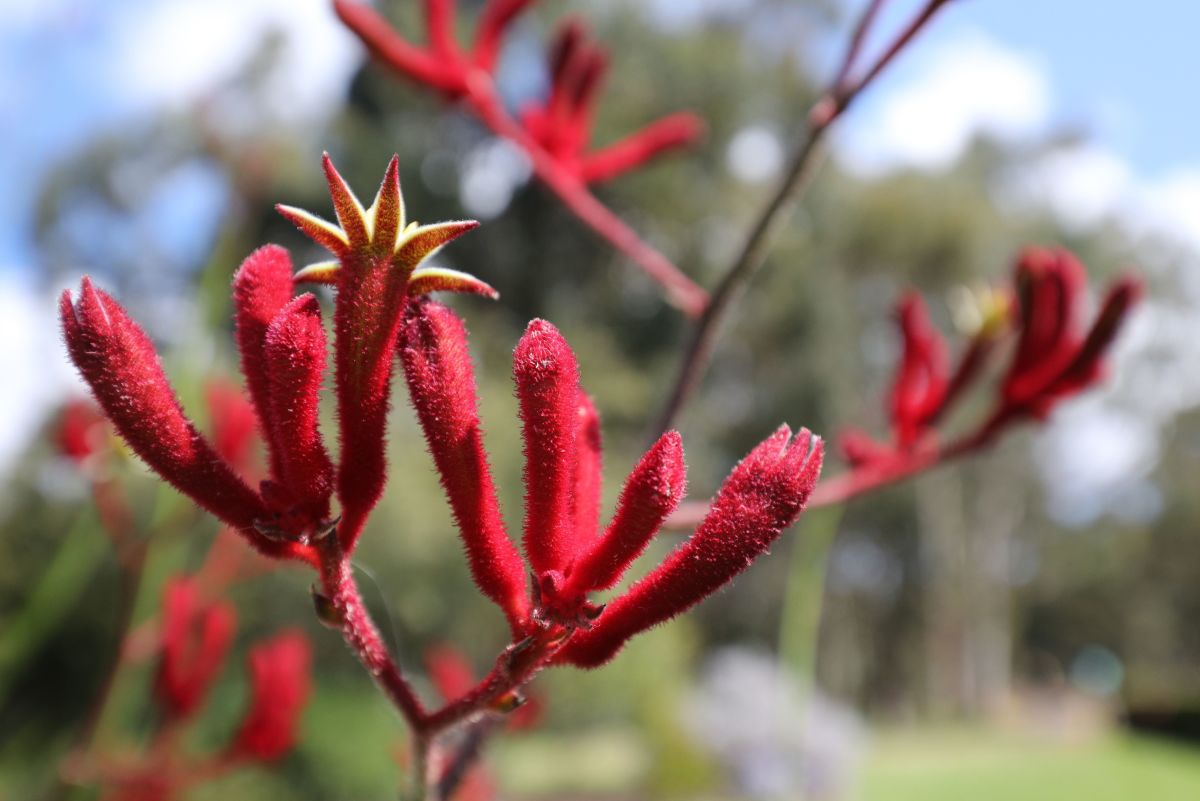
The Basics of Kangaroo Paw Plant Care Dengarden
Kangaroo Paw (Anigozanthos x hybrid) is a clump forming evergreen perennial. It is part of the Haemodoraceae family and is native to. After flowering has finished and foliage is looking tired you can cut the tall varieties right back to ground level. Prone to ink disease which shows as a blackening of the foliage and can kill the plant.
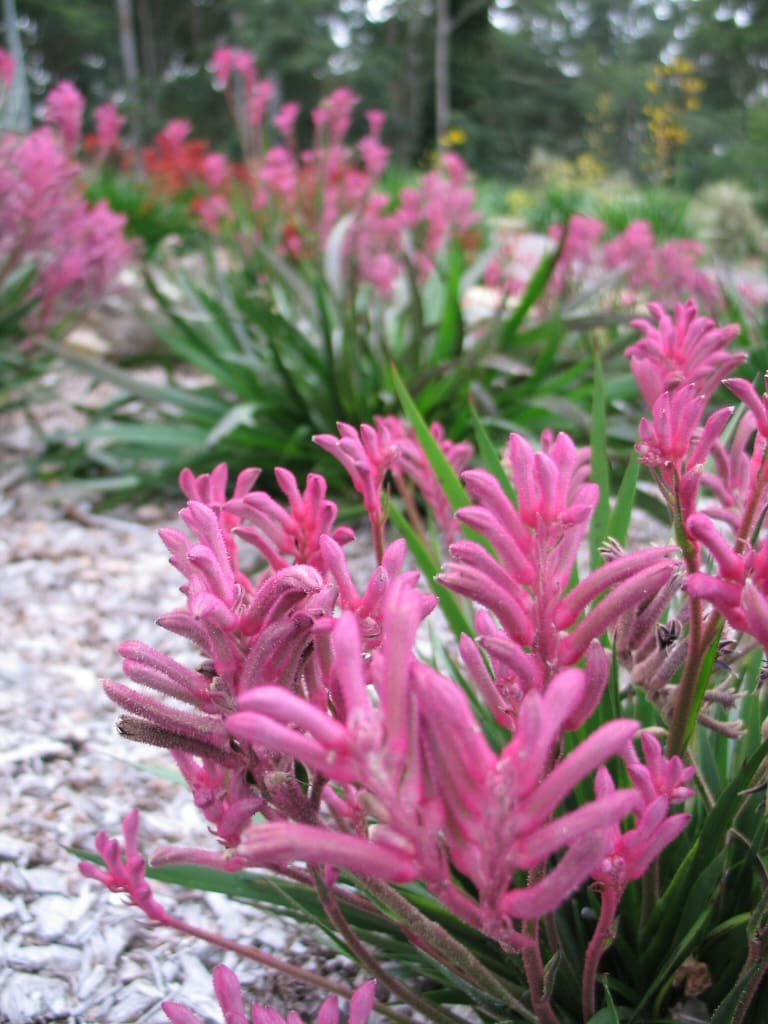
Bush Pearl Kangaroo Paw Plant Library Pahl's Market Apple Valley, MN
Kangaroo Paw Watering. These plants prefer moderate amounts of water, although they do have some drought tolerance. Water-logged soil causes root rot that can kill the plants. So wait for the topsoil to turn dry before watering. However, they will appreciate additional watering in spring and summer, when the plants most of the flowering takes.
:max_bytes(150000):strip_icc()/kangaroo-paw-flowers-1315764-20-crop-f0486dc5f37a467897b49bb228be7642.jpg)
How to Grow and Care for Kangaroo Paw Plants
Loved for it's prolific year-round flowering, Bush Pearl has beautiful bright pink flowers and is an excellent choice for a pot. Botanical name: Anigozanthos Bush Pearl. Common name: Kangaroo paw. Height : 60 centimetres. Width: 50 centimetres.

Kangaroo Paw San Diego Zoo Animals & Plants
Kangaroo paws are very giving plants when they flower, but flowering comes at a cost to the plant in energy. So once the flowers die back, a plant can look sick or half dead, when in fact it is just full of dead stems and browned off foliage. So, rather than call the plant ambulance out to your paw that is doing poorly, we'll give it some.

Landscaping with Anigozanthos Kangaroo paw Reds Landscaping
Place the container in a warm location, maintaining a temperature of around 70°f (21°c). Germination typically takes two to three weeks. Propagation from division: To propagate kangaroo paw flower from division, wait until the plant has finished flowering. Carefully dig up the plant, taking care not to damage the roots.
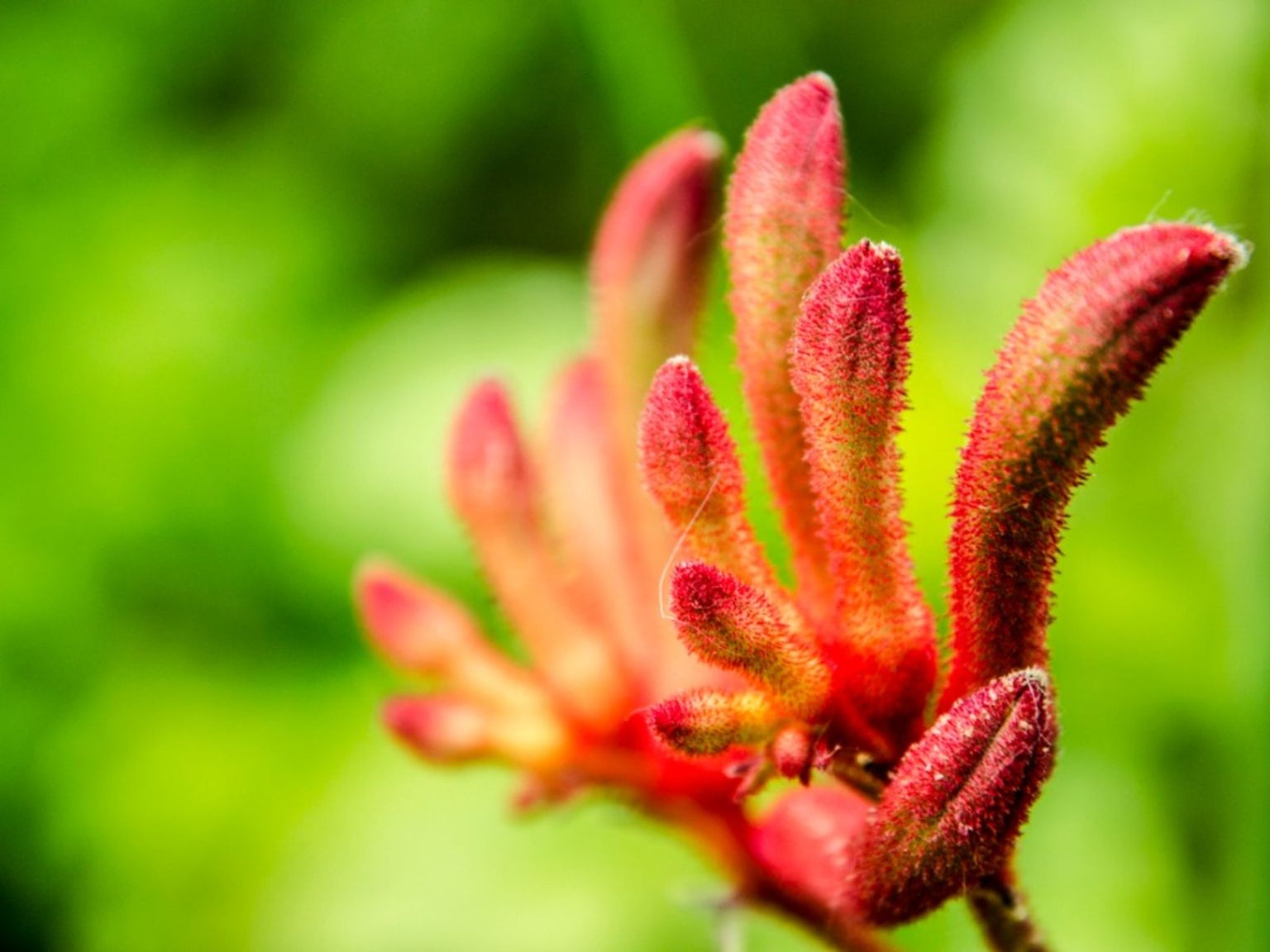
Growing Kangaroo Paws What Does A Kangaroo Paws Need To Live
A handy tip to prolong the flowering season of the taller kangaroo paws is to cut out the top half of the flower stem as soon as the first flower opens and use it indoors as a cut flower. Its removal stimulates the growth of the dormant flower buds that remain on the bottom half of the flower stem, the part still on the plant..

Kangaroo Paw in flower Australian flowers, Australian native flowers, Unusual flowers
The Kangaroo Paws is cultivated commercially for its beautiful flowers which are sold, cut, and then exported globally. When cultivated as an indoor houseplant, it can flower at any time. Outdoor plant cultivation in your home garden will see flowering in the spring and summer. The very fine hairs surrounding individual blooms influence the.
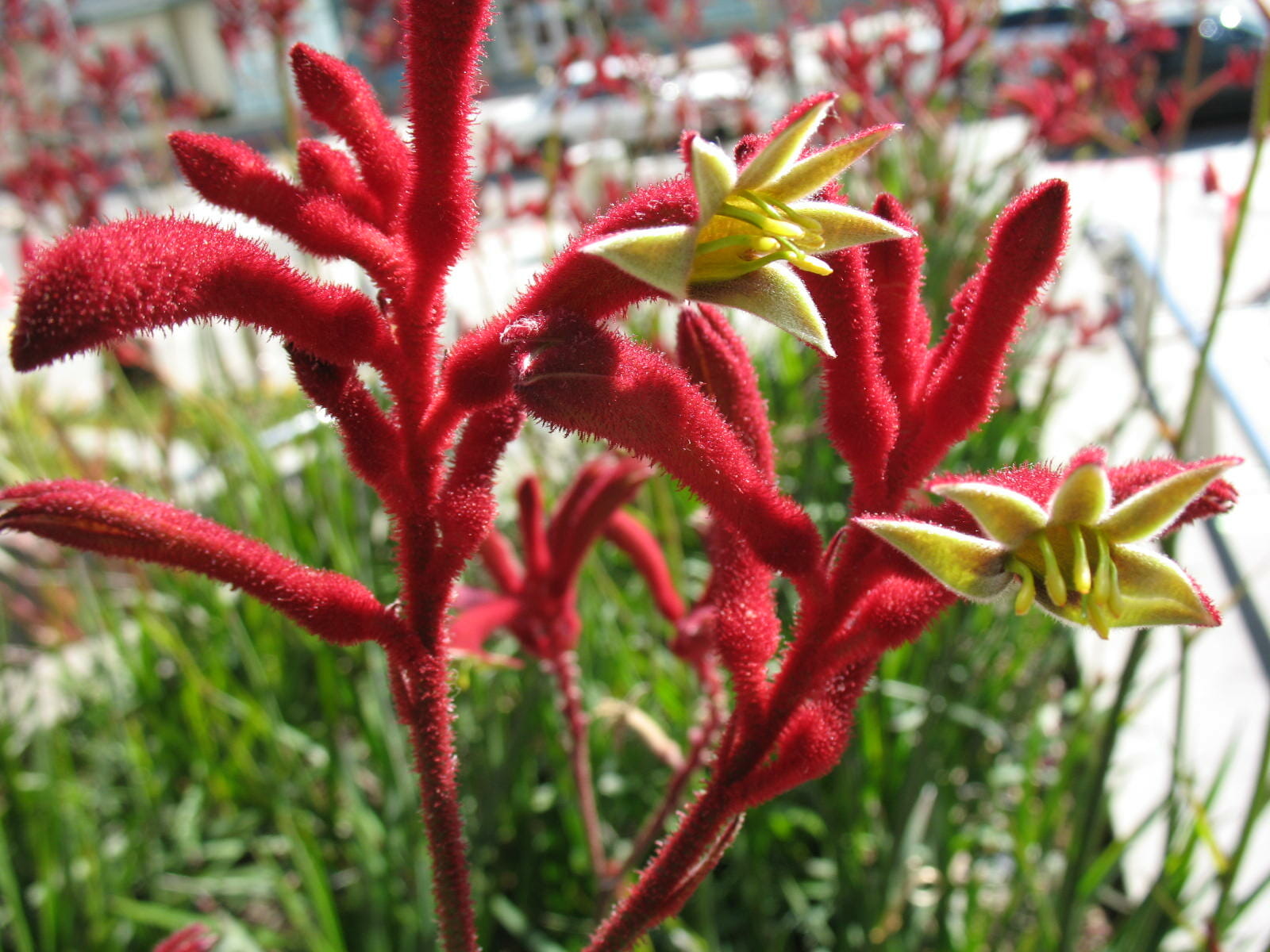
Kangaroo Paw Big Red 6" Pot Hello Hello Plants & Garden Supplies
Kangaroo paw is the common name for a number of species, in two genera of the family Haemodoraceae, that are native to the south-west of Western Australia. These rhizomatous [1] perennial plants are noted for their unique bird-attracting flowers. The tubular flowers are coated with dense hairs and open at the apex with six claw-like structures.
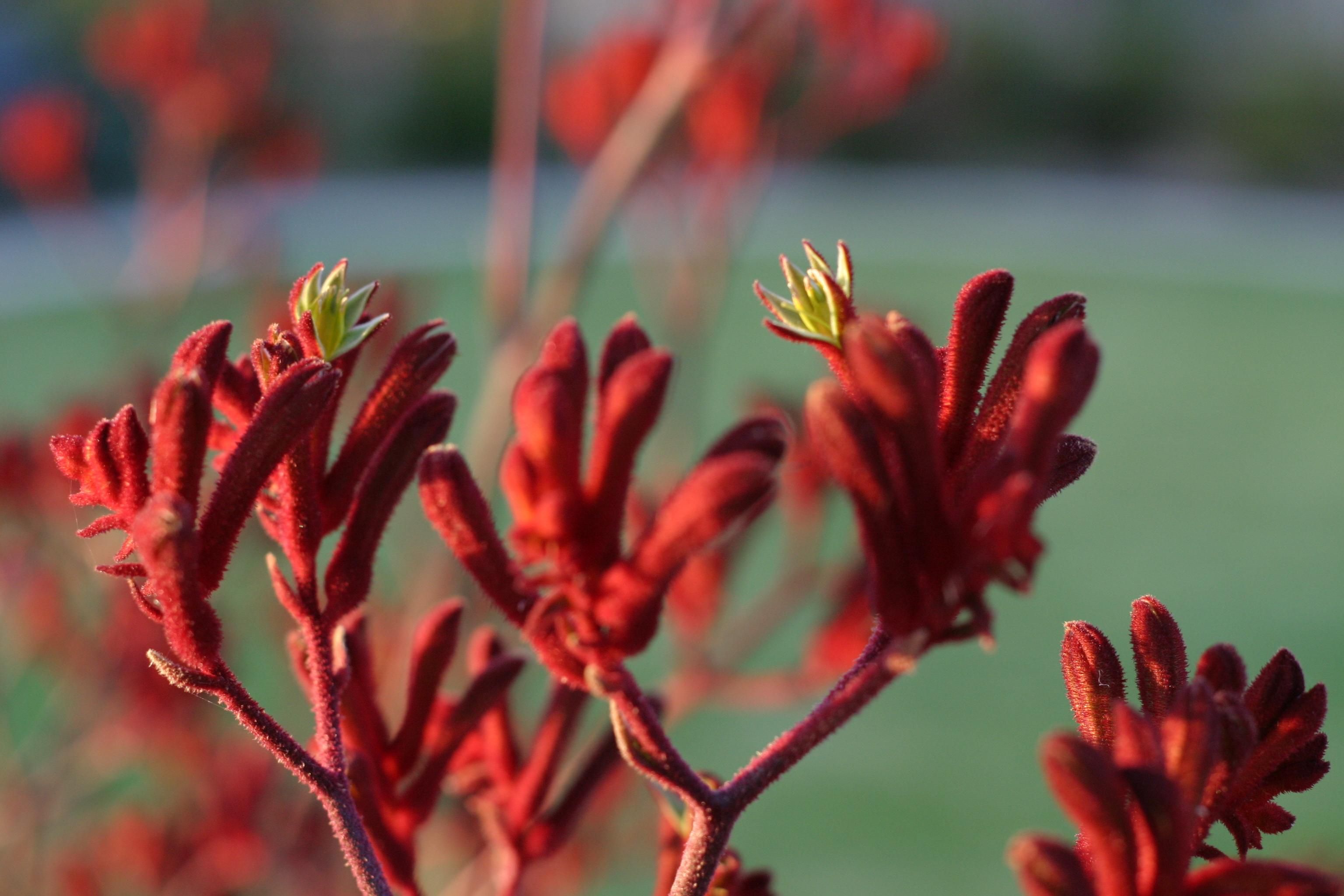
FileRed kangaroo paw plant.jpg Wikimedia Commons
Kangaroo paw (Anigozanthos) is a genus of 11 species and multiple subspecies of flowering plants that are native to Australia.These plants have long, slender, arching leaves similar to the foliage of daylilies or amaryllis plants. The unusual tubular flowers grow on stalks in fan-like rows and are covered in velvety fuzz, giving them the appearance of an animal's paw.
:max_bytes(150000):strip_icc()/color-stories---yellow-649987235-5c3e0fec46e0fb00018ff02a.jpg)
How to Grow and Care for Kangaroo Paw Plants
Using a garden fork, gently lift the Kangaroo Paw plant out of the soil. Using a clean, sharp knife, cut away a piece of the plant through the root structure and gently pull it free. Cut the leaves back by a third and plant it directly into a prepared flowerbed or container.

The Basics of Kangaroo Paw Plant Care Dengarden
Kangaroo paws enjoy a fairly long blooming season extending from late spring to fall if spent flowering spikes are cut to the ground. The flowers attract nectar-feeding birds and honey possums. Evergreen, the foliage forms a basal rosette of narrow, linear, upright, or arching green leaves, up to 3ft. long (90 cm). Kangaroo paws belong to the.

My kangaroo paw Kangaroo paw, Indoor plants, Plants
How to Grow Kangaroo Paws. Kangaroo paws are naturally hardy plants, but they require some basic necessities for proper growth and flowering. Ensuring they are met will keep your plants healthy throughout the season. Full Sun: For brilliant and long-lasting blooms, place your plant in an area with a lot of direct sunlight. In order for your.
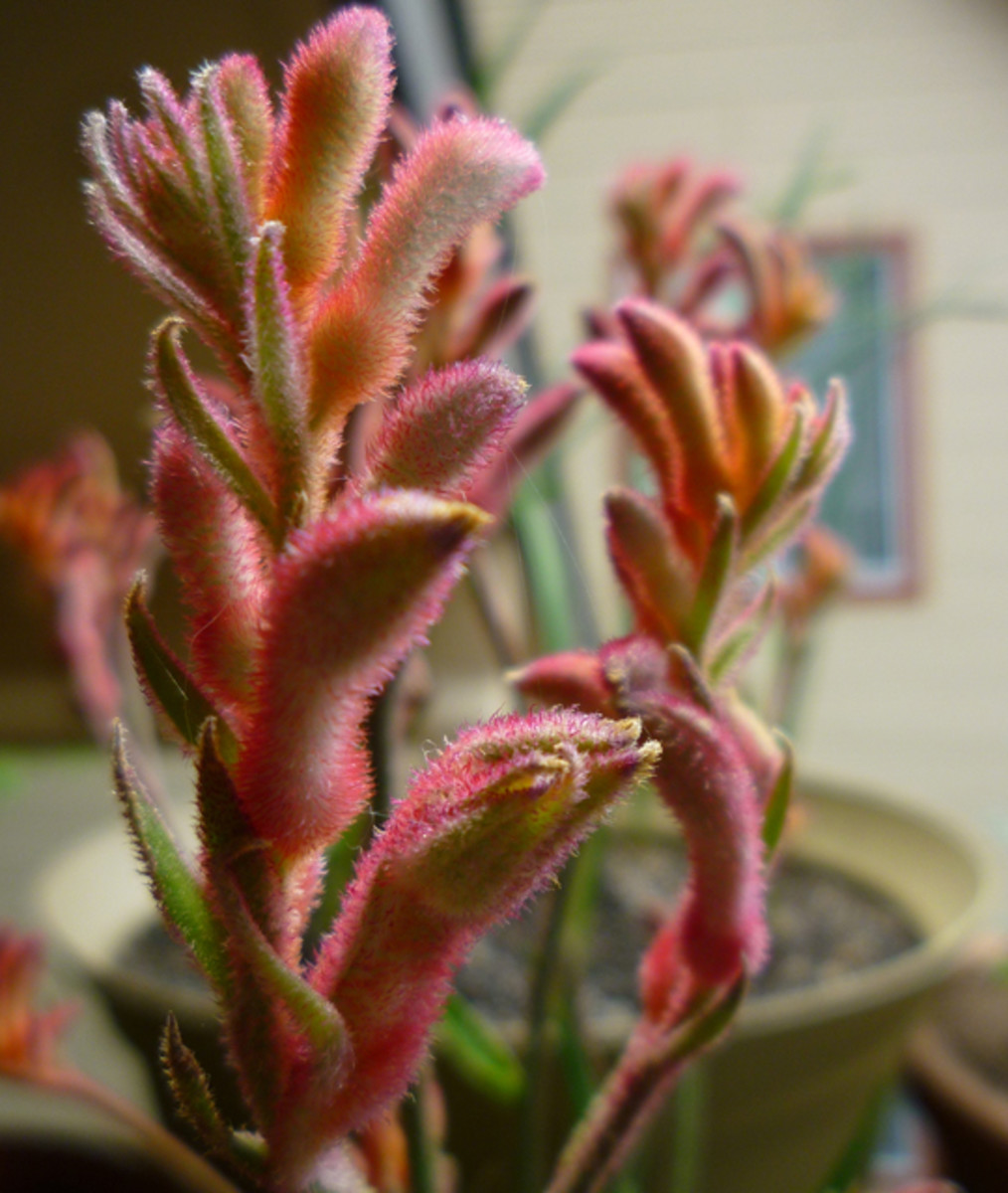
The Basics of Kangaroo Paw Plant Care Dengarden
Kangaroo paws work well in containers or as accent plants in borders during summer months. When considering how to plant kangaroo paws, keep in mind its grass-like clumping habitat and size of 2 to 4 feet (61 cm. to 1 m.) by 1 to 2 feet (30+ to 61 cm.). Depending on your climate, they are semi-deciduous to evergreen plants, with 1 to 2 foot (30.
/kangaroopawflower-58ab3f1f3df78c345b031f84.jpg)
Kangaroo Paw Flowers Care
Kangaroo Paw. Botanical Name: Anigozanthos spp. Native to Australia, it grows in dry, sandy regions and can withstand long dry spells due to the sap conserved in the roots. 35. New Zealand Tea Tree. This flowering vine is quite drought-tolerant and can be grown in a range of conditions. It grows fast with bright green leaves and ornamental.
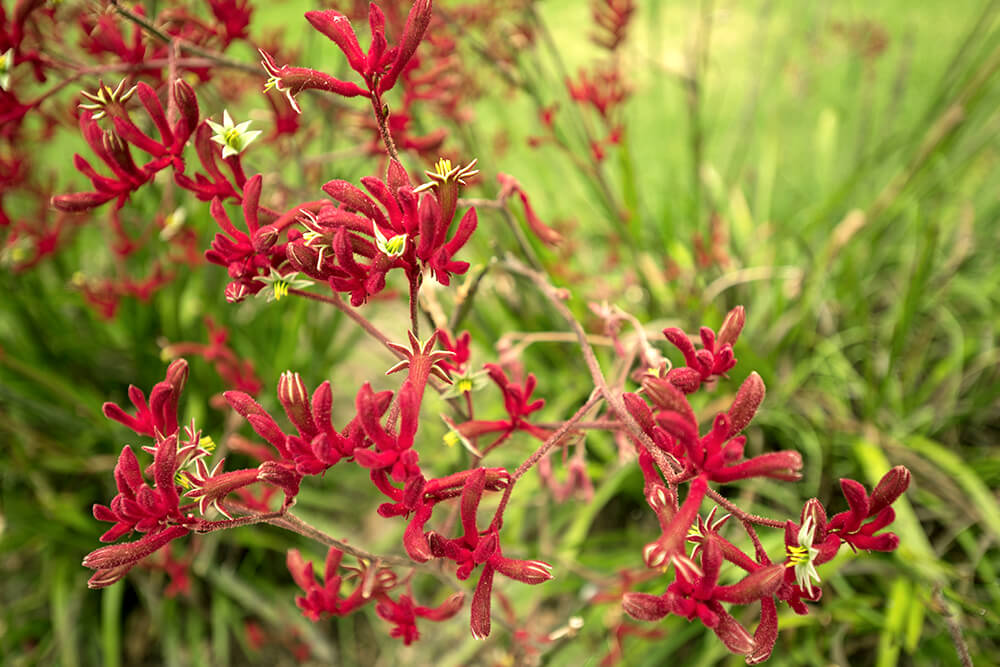
Kangaroo Paw San Diego Zoo Animals & Plants
Fun facts about kangaroo paw. The fine hairs that cover the flowering parts of kangaroo paws have a weird taste that repels foragers. They also collect morning dew for moisture in a dry climate. The stems, which can reach 1m, are very sturdy - this allows pollinators such as honey eaters or wattle birds to perch on them.
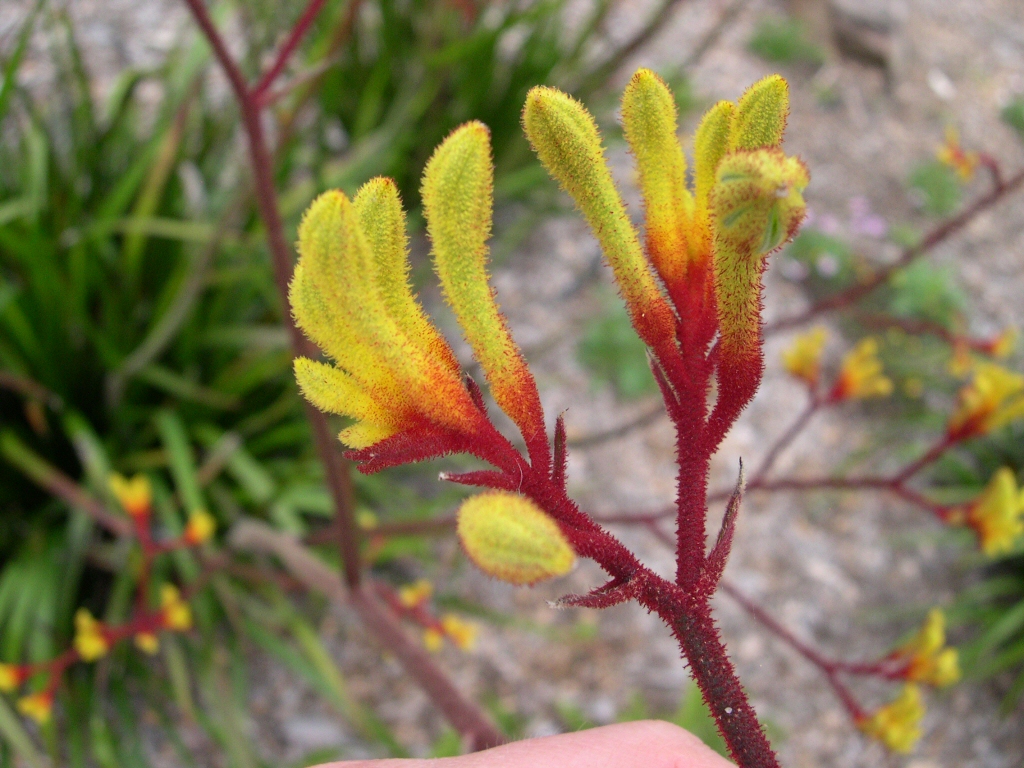
Anigozanthos ‘Landscape Yellow’ Kangaroo Paw Gardening With Angus
What you need to know about kangaroo paw. Name: kangaroo paw (Anigozanthos species and hybrids). Plant type: clump-forming, evergreen perennial. Height: varies with variety, from less than 50cm to more than 1.5m. Foliage: long, strappy leaves around 2cm wide. Climate: frost-free. Warm temperate, protected micro-climates in cold temperate. Some varieties suitable for sub-tropical.